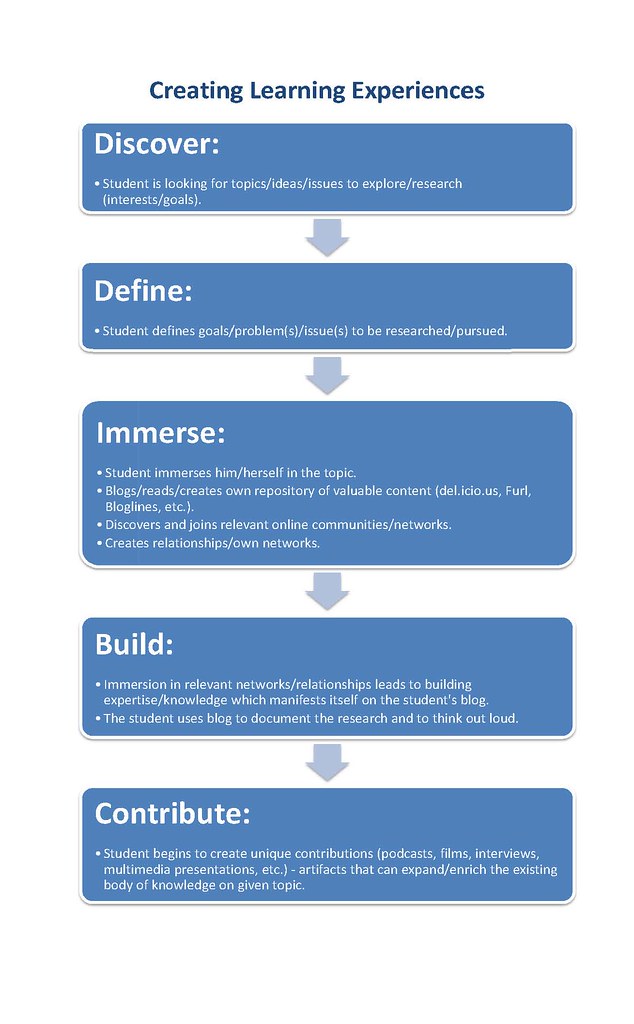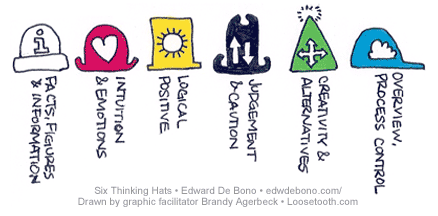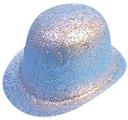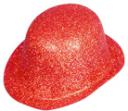We have had Samorost fever this week! I knew the kids would be hooked by the story & game and I really hoped that I wouldn’t spoil this engagement by using the game as a teaching tool.
I wanted to let the students guide me on how to work with them exploring the game, in terms of a narrative, and to work together at discussing and sharing observations and impressions. Not sure exactly how to begin, I started with a joint walk through of the game.
We sat on the floor around the iWB and took it in turns to move the stylus over the page and work out what to do. I wanted the students to get a feel for the game – especially the characters and setting – so I thought that playing the game together would give them a reference point from which to work later when we did some writing about the game.
Most of the students thought that the game was going to be “shoot’em up” game and were puzzled and perplexed when none of their predictions came true. The lack of instructions also proved problematic to some students and it took a while for everyone to work out what was happening and what they were required to do.
“I never thought it would be a brain game. ” Clement
“It’s simple, but to get to the next level you need logic.” Gloria
The “hard thinking” was a highlight of the game for many of my students – they loved trying to work out how to make things happen, and for some just the idea of cause and effect, and logically working out what might happen as a result of something that had happened earlier, was new.
“If I did that – what would happen next?” Gloria
“When you activate certain objects or certain people you have to think how it will affect your surroundings.” Martin
“There might be a message hidden in the game that you have to find out.” Nadine
I hoped that we wouldn’t get bogged down and frustrated, but the students pulled together and worked co-operatively as a team to solve the problems as they arose. Most of the students commented that had they tried to solve the game alone it would have taken much longer than solving it together.
“When we worked as a team we did well. Everyone thought it was exciting so they all wanted a turn.” Timothy
So our first experience of Samorost was really positive – the students were buzzing about the character (Sammy, Sam O. Rost, pyjama guy!) and the planet/space station. Most students wanted to be able to play the game at home and so a link was put on our class blog to enable them to do this. We scribbled down some first impressions of Samorost and most of these have made it onto the students’ individual blogs which can be found here.
“The game is great. The best thing is that you can’t die!” Marshall
“Keeps you working, thinking and playing.” Nadine


![]()


 We all had a great time working with and through the Samorost games over this last month. What I found myself wondering though, was why it had such an impact on the students’ writing. Was it just a case of grabbing their collective imagination, was it that they worked on the game as a class – problem solving together and collectively solving the game, or was it the fact that it was a game that the students found so engaging?
We all had a great time working with and through the Samorost games over this last month. What I found myself wondering though, was why it had such an impact on the students’ writing. Was it just a case of grabbing their collective imagination, was it that they worked on the game as a class – problem solving together and collectively solving the game, or was it the fact that it was a game that the students found so engaging?








